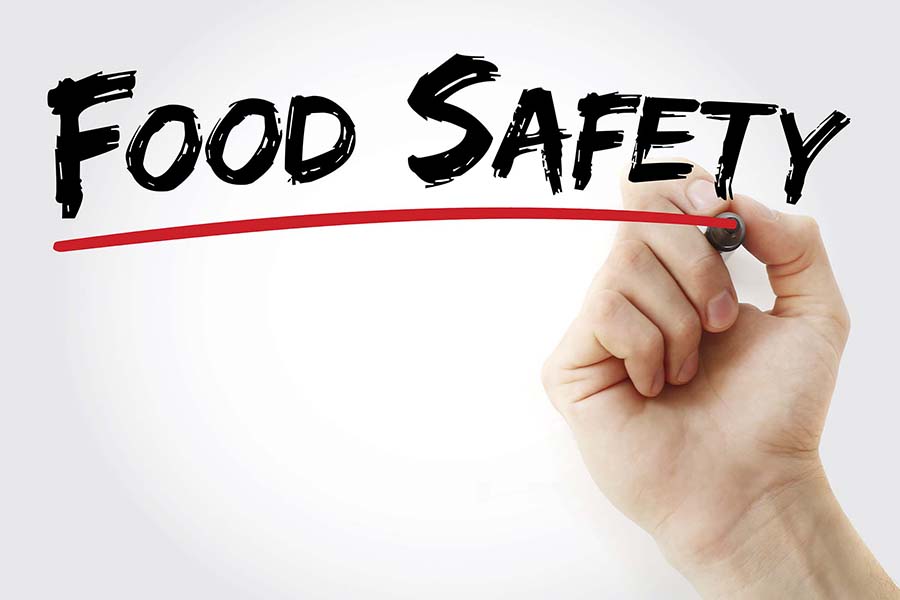Is Creating a Food Safety Culture Your No. 1 Objective?
Wednesday, August 15, 2018
By Tanya Ward, Food Safety Consultant
When you hear the term “food safety culture,” you can’t help but think about Frank Yiannas, vice president of food safety for Walmart. Yiannas coined the phrase in the early 2000s, and the phrase has since been used frequently in the context of food safety. According to Yiannas, with food safety awareness at an all-time high, perhaps the most dramatic way to impact food safety is to get better at influencing and changing human behavior.
Some industry leaders believe recent food recalls may have been prevented if a good food safety culture was in place. But, how do you define food safety culture?
Food safety culture is “the aggregation of the prevailing, relatively constant, learned, shared attitudes, values and beliefs contributing to the hygiene behaviors used within a particular food handling environment” (Griffith et al., 2010). Attitudes, values and beliefs aren’t words you often hear in food manufacturing. Rather, regulations, policies, procedures and rules are likely more commonplace. One may associate this to a company policy that requires you to shut off the lights when you leave a room to conserve energy. The company may place signage near the light switch encouraging this action. The action is performed based on a company policy. For others, the action of shutting off the lights when leaving a room may be a natural, unconscious behavior.
With the recent draft publication of BRC version 8, there has been concern from industry about the inclusion of food safety culture requirements within the senior management commitment clause and how it will be measured. Let’s take a closer look at the clause as it is currently written in the BRC Global Standard Food Safety, Issue 8, Draft for Industry Consultation, (November 2017).
“The site’s senior management shall have a documented strategic plan for the development and continuing improvement of food safety culture. This shall include:
- defined activities involving all sections of the company
- an action plan indicating how the activities will be undertaken and intended timescales
- review of the effectiveness of completed activities.”
Given the complexity of food safety culture, it can be difficult to measure. During the 2018 Food Safety Summit, John Zimmerman of First Watch Restaurants stated, “You can’t manage what you don’t measure.” To “review the effectiveness of completed activities” as required by the clause, we need to measure something, but how do you measure attitudes, beliefs and values? Conceivably, the most apparent measure to establish the food safety culture of a food manufacturing facility is on-the-floor observations. It really comes down to unconscious behavior – something you don’t even have to think about it.
Adapted from a literature review performed in 2009, Yiannas suggested five core components of food safety culture: leadership, employee confidence, management support, accountability, and sharing of knowledge and information. Noticeably, he differentiated food safety management from food safety leadership and highlighted the leader’s role in influencing others and guiding the way to safe food handling. Yiannas emphasized the importance of gaining employee confidence. He indicated employee confidence should be earned by “walking the talk.” Realistically, in food manufacturing, this often is demanded, and employees are threatened by GMP violations or disciplinary action. Yiannas eluded to accountability as checks and balances, a measure taken to ensure outcome is attained. Lastly, information sharing should be completed frequently, using varying methods and modes of delivery to encourage employees.
Another leader in the food safety culture segment is Brita Ball. Ball has identified a tool for measuring food safety climate. She indicated climate often is considered a snapshot of culture and can be a useful surrogate. Ball identified work unit commitment, personal understanding, food safety training, management commitment, infrastructure and behavior as concepts, which could be used to identify factors that influence workers to follow food safety behaviors in the meat plant. Within these concepts, Ball mentioned interesting factors, such as “even if no one were looking, supervisors would follow all the food safety rules, management visibly shows support for food safety (walks the talk) and workers avoid washing their hangs when they can get away with it.”
If influencing human behavior is the most dramatic way to impact food safety, although complex, make it the No. 1 objective in the plant. In other words, make it YOUR No. 1 objective in YOUR plant. Regardless of the food safety certification scheme you follow, take the initiative. Define and begin measuring food safety culture in your facility. Expect an upcoming workshop at FAPC to learn more about developing a food safety culture plan for your plant.

